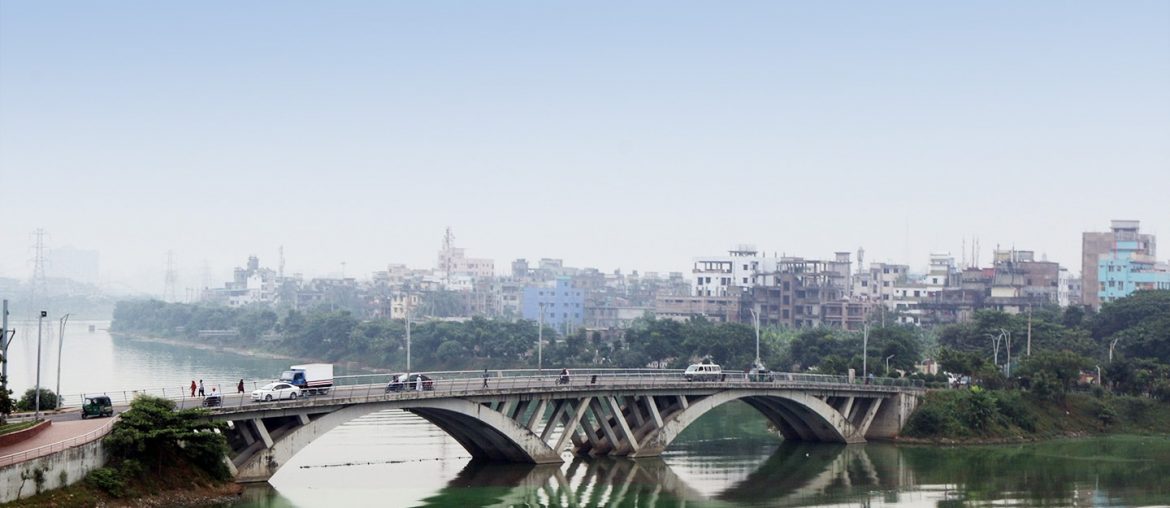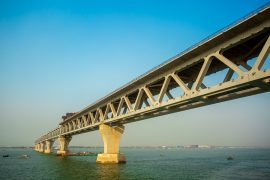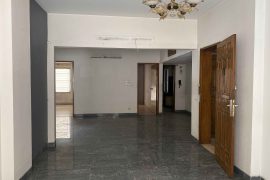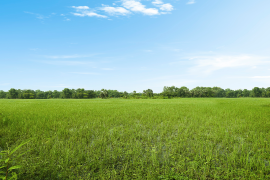The citizens of Dhaka have long been struggling with traffic issues. People can barely move around without facing severe traffic congestion. There are too many vehicles on too few roads and very low regard for traffic rules. So, in a city that has an average travelling speed of 7 km per hour, the Hatirjheel project provides an escape from all the traffic jam in Dhaka.
What The Hatirjheel project Used To Be
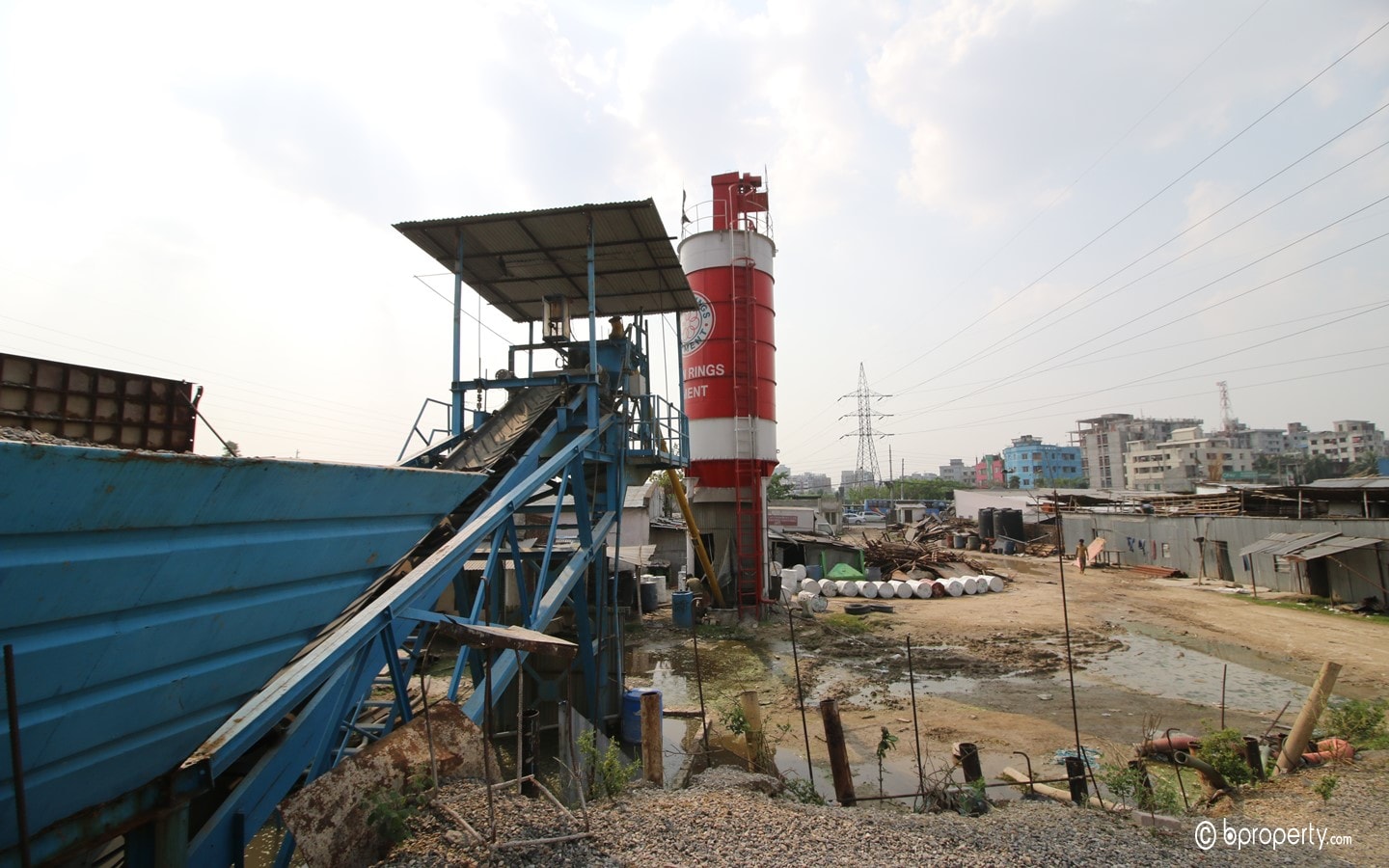
It’s been a little more than 5 and a half years since Hatirjheel was inaugurated. However, it has since become an integral part of the city’s life. A time before the Hatirjheel project is difficult to fathom now. Previously, there was no straight route for people living in Banasree, Rampura or Badda to travel to Gulshan or Tejgaon areas. They had to go all the way around either Link Road to the North or use the Malibagh-Maghbazar road on the south to reach these places. It could have taken a commuter up to two hours just to reach Gulshan 1 from Rampura. A lack of alternate routes meant that the Malibagh-Maghbazar road and the Badda-Link Road had to bear all the traffic. Traffic over the weekends wasn’t much better either. Mile-long traffic jams on those roads were not an uncommon event.
Connecting different areas
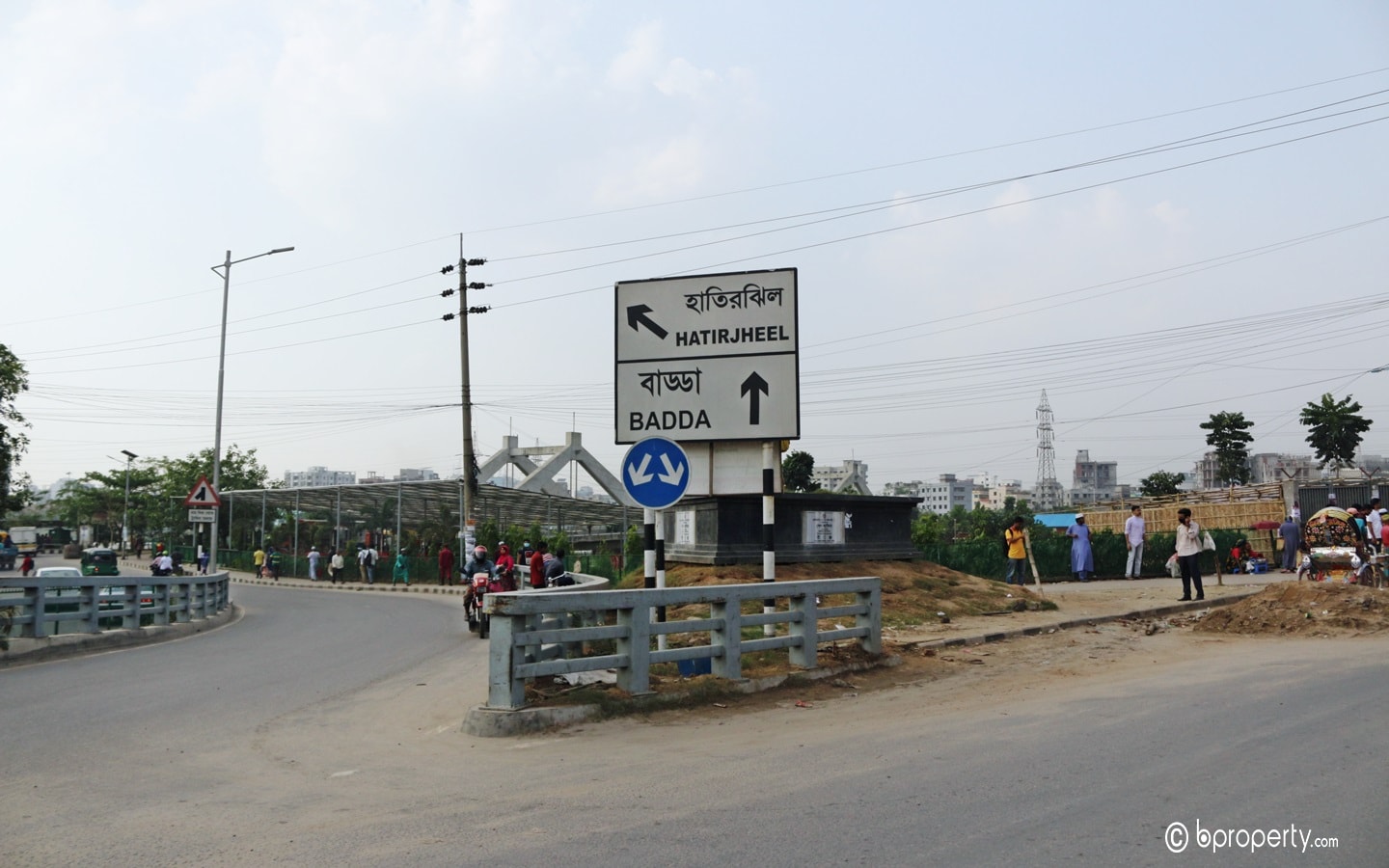
The Hatirjheel project has been very well received and is much-appreciated by commuters across Dhaka. The massive Hatirjheel area directly connects some of the busiest roads in the city. Rampura, Mohanagar, Badda, Maghbazar, and Mirbag are on the South and South-East parts of Hatirjheel; while Tejgaon, Niketon, Gulshan 1 and Mohakhali lie on the North and North-West sides. A vast number of people from these areas use Hatirjheel regularly; not to mention the thousands of people from surrounding areas.
Hatirjheel was designed to provide travellers with a quick alternative to bypass much of the traffic jam in Dhaka. It has been highly successful in reducing the trip time between its surrounding areas. For example, people can travel between their office in Maghbazar and their apartment in Gulshan in less than half the time it used to take. And one of the more appreciated features of the Hatirjheel Project is the eight bridges and numerous overpasses. These provide exit points without having to go all the way around to major exit points that converge with the regular traffic jam in Dhaka.
Well-planned roads and regulations
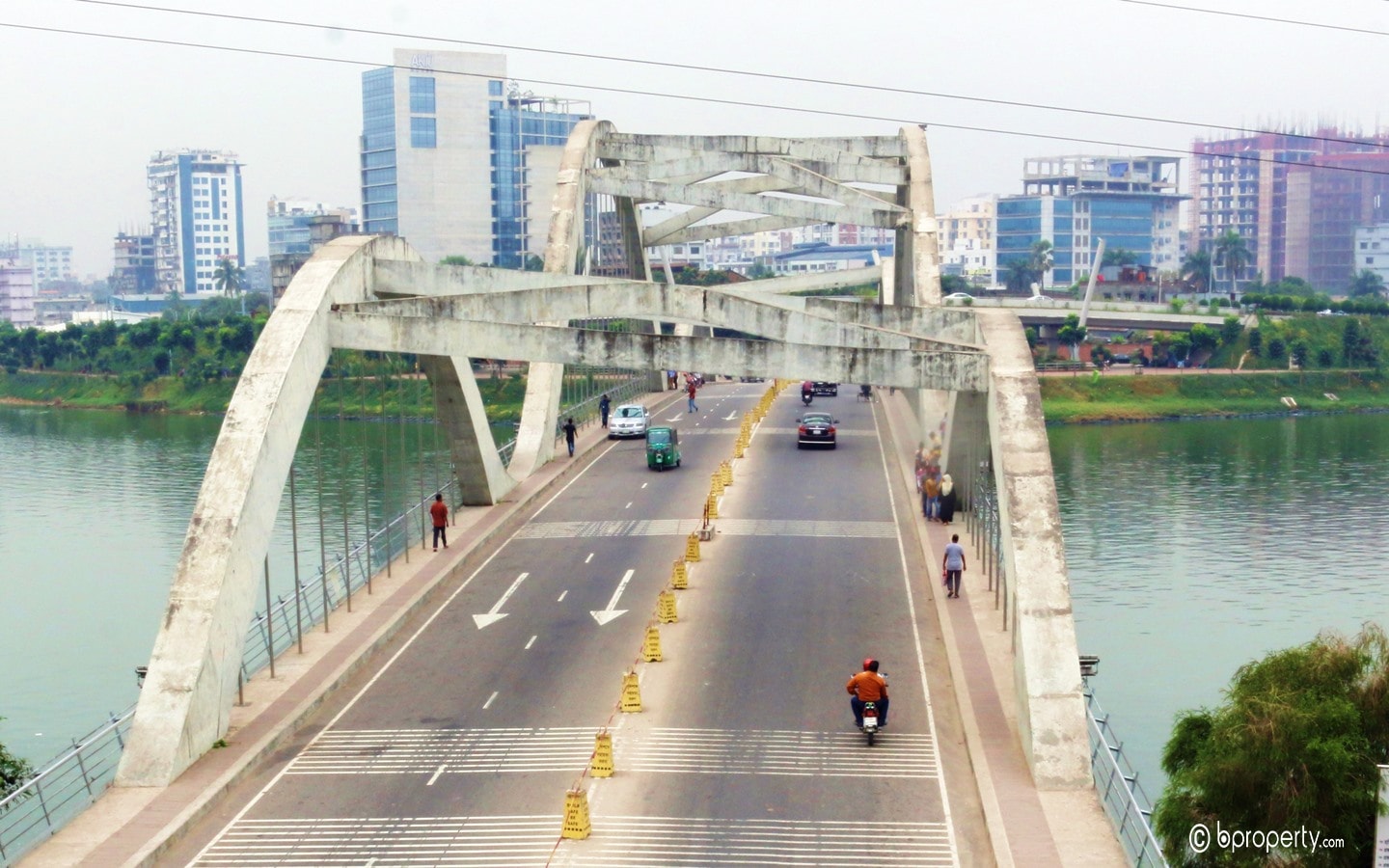
Along with the meticulously planned roads of Hatirjheel, the ingenious traffic rules implemented play a significant part in keeping traffic under control. All roads in the area, except for one or two lanes, only allow one-way passage. This eliminates the probability of traffic congestion due to oncoming traffic. Some exit points connect to roads with heavy traffic. Which is why the designers split the Hatirjheel roads from those that connect to the main road well before commuters face extreme traffic. Furthermore, vehicles are also not permitted to stop anywhere outside of designated locations and general bus services, reputed for creating traffic jam in Dhaka, are barred from entering the Hatirjheel area. Even though there are no traffic police to maintain the roads, instances of rule breaking are few and far between.
Circular bus service
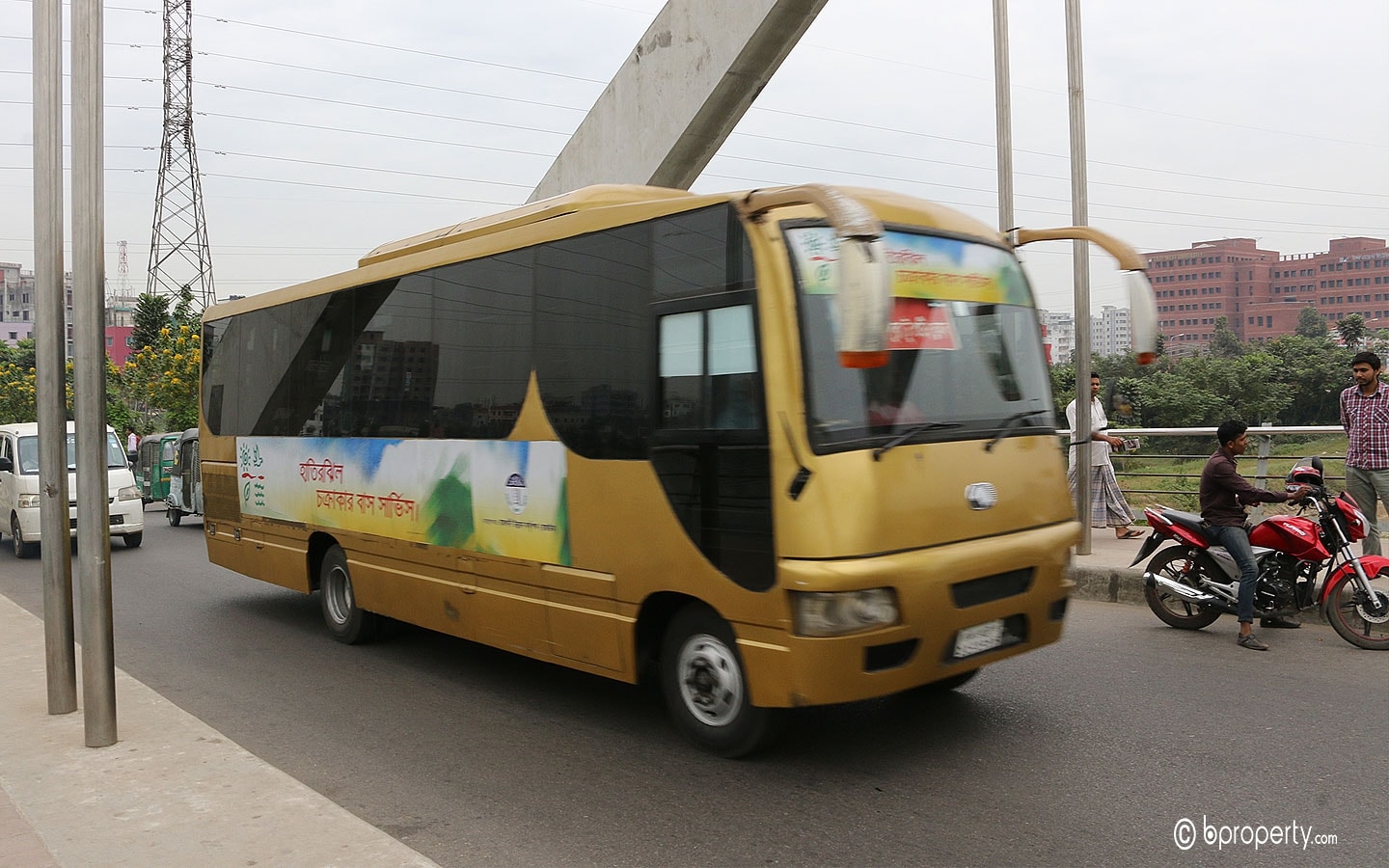
The Hatirjheel governing body introduced the Circular Bus Service as part of the next step in reducing traffic jam in Dhaka. The Circular Bus Service, as the name suggests, circles the entire Hatirjheel project area, providing public transportation to the highly appreciative commuters. It originally operated with six stops at Gulshan Shooting Club, Merul Badda, Rampura, Madhubag, Boubazar and Rampura. Two more stops were later added at Kunipara and Aarong the following year. The cost of travel is very reasonable; ranging from BDT 15 for shorter distances and BDT 30 for longer ones. Each bus can seat 27 people but usually takes on more as standing passengers during rush hour. The introduction of the Circular Bus Service opened up Hatirjheel to public transport users. Thousands of people take these buses each day to travel across the city without adding to traffic load.
Water Taxi
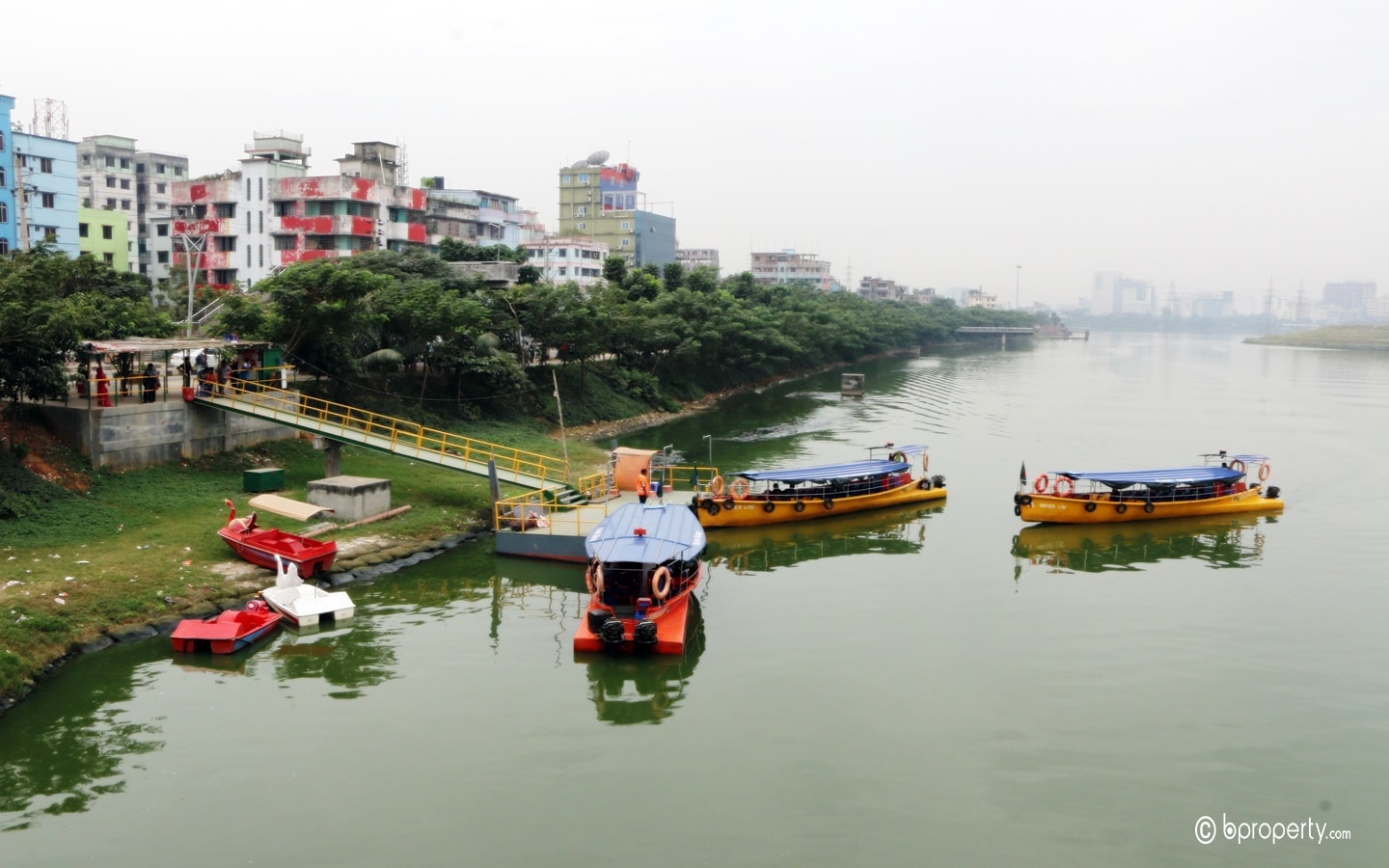
The latest major development in the Hatirjheel project came in the form of the Water Taxi service. Traffic jam in Dhaka is a terrible ordeal, and this new service is helping to circumvent it in areas around Hatirjheel. The Hatirjheel Water Taxi service is the first of its kind in Dhaka. Similar to the Circular Bus Service, a water taxi can take commuters across Hatirjheel quickly. However, it takes less time to cross over since a water taxi travels through the Hatirjheel Lake rather than around it. It is also a great scenic route for commuters. People can enjoy a gentle breeze and relax while travelling. There are currently four routes available with a rumour of two more soon. The current routes include Rampura to FDC, Gudaraghat to FDC, Gulshan Police Plaza to Rampura and Rampura to Gudaraghat. Using the service costs around BDT 15 to BDT 30.
The Hatirjheel project has been a blessing for everyone; not just for those living in the area, but for people all over Dhaka. It has been tremendously successful in reducing overall traffic jam in Dhaka. So no matter where you have a home in Dhaka, you can enjoy the benefits of the Hatirjheel project. And with more development on the horizon, the people of the city can look forward to greater accessibility.

